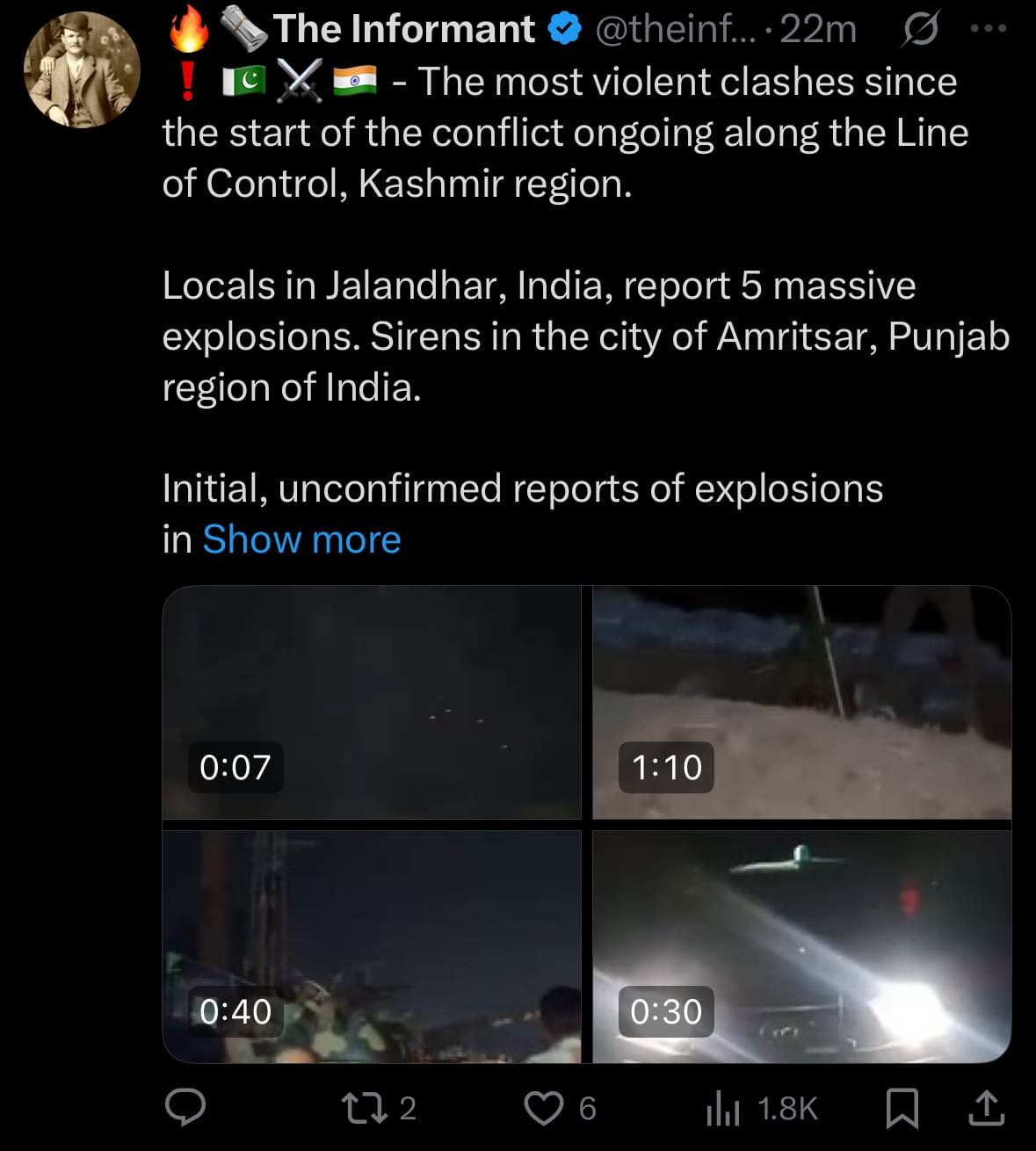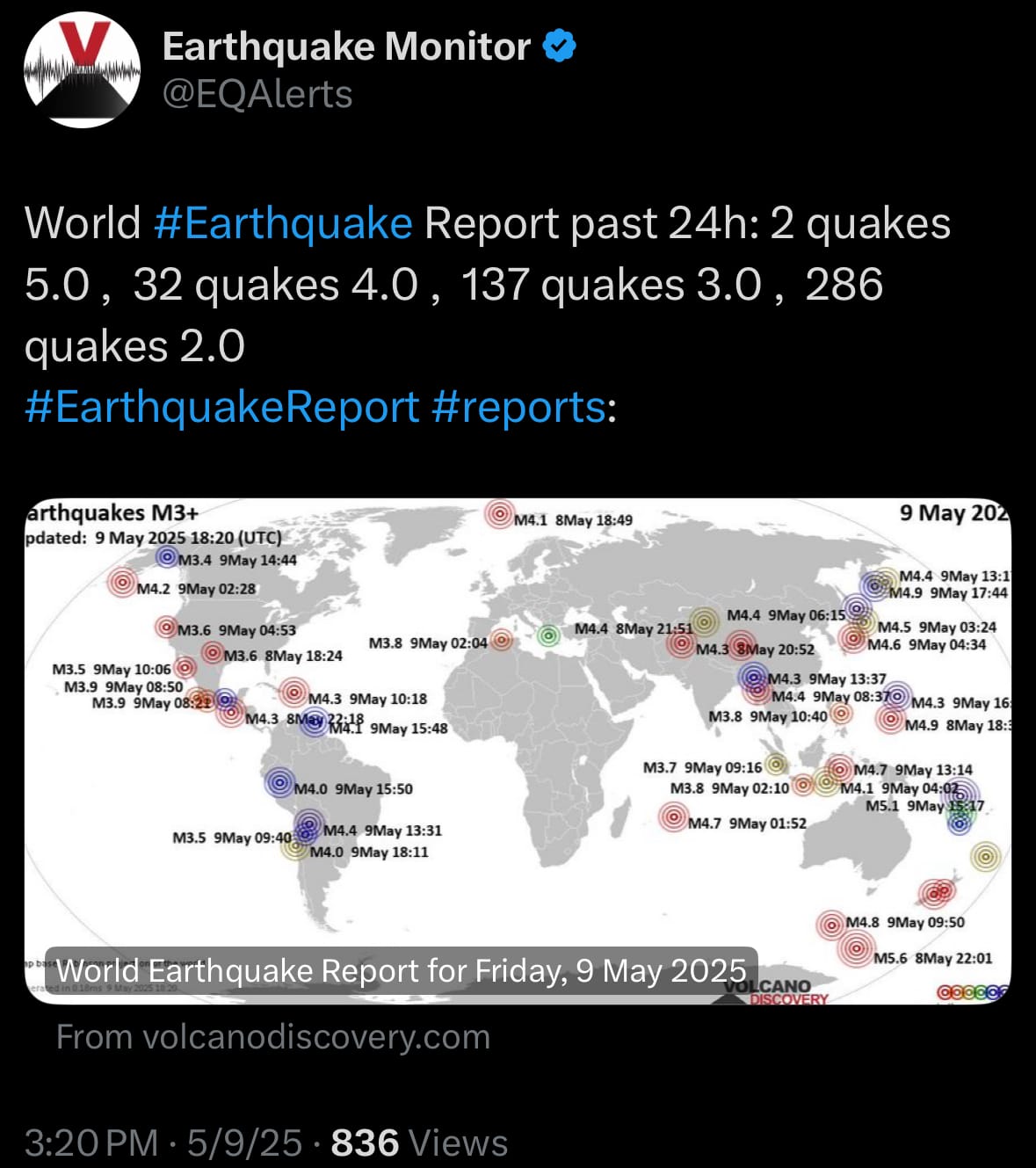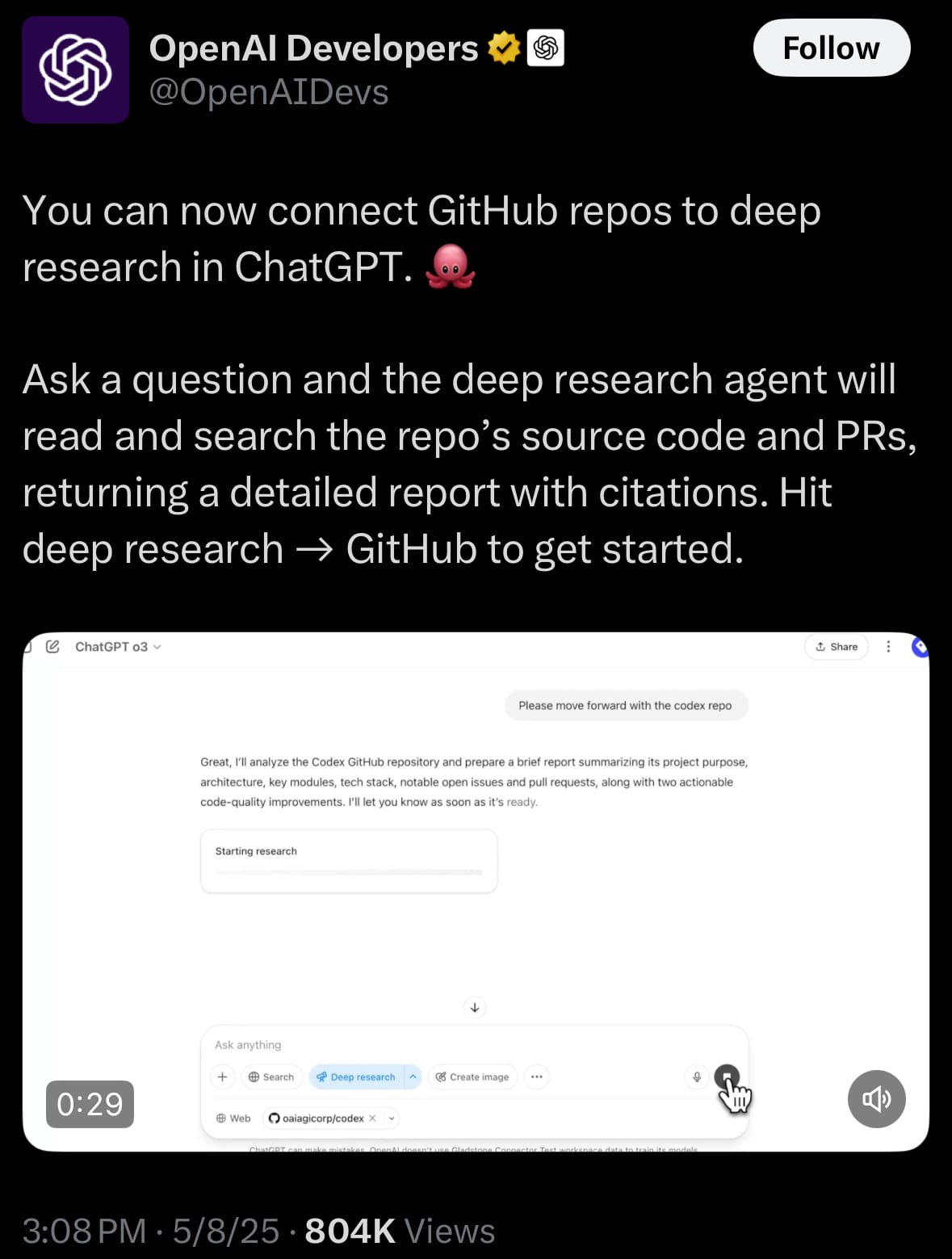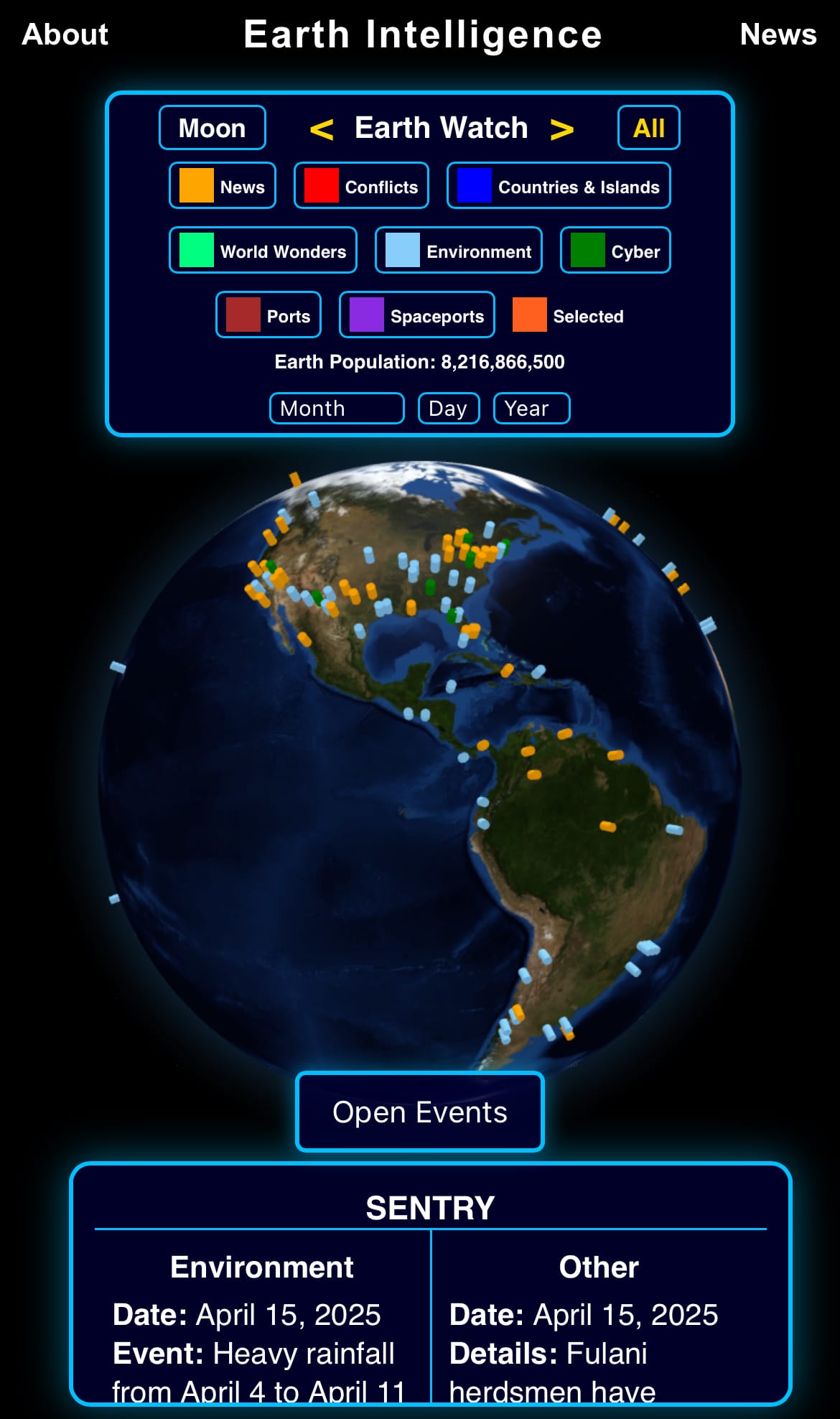Friday☕️

Economics & Markets:
- Yesterdays U.S. stock market:

- Yesterday’s commodity market:

- Yesterday’s crypto market:

Geopolitics & Military Activity:
- Over the past 24 hours, India and Pakistan have engaged in intense reciprocal military strikes, escalating tensions to levels not seen in nearly three decades. The conflict began with India’s Operation Sindoor on May 7, 2025, targeting alleged terrorist sites in Pakistan’s Punjab province and other areas, following an attack in Kashmir’s Pahalgam. Pakistan responded with drone and missile strikes, while India reported intercepting numerous Pakistani drones over Indian-administered Kashmir, Punjab, and other regions. Explosions and air raid sirens disrupted cities like Jammu, Srinagar, and Amritsar, with both nations accusing each other of civilian-targeted attacks. Unverified reports estimate around 48 deaths since Wednesday, as both sides continue to exchange heavy artillery fire across the border.

- In Punjab’s Amritsar and Jalandhar, the situation has caused significant alarm. Amritsar reported five large explosions and prolonged air raid sirens, particularly notable given the city’s proximity to the Sikh Golden Temple. Jalandhar saw temporary measures like highway and streetlight shutdowns, though no formal blackout is in place. Chandigarh also activated air raid sirens, and 32 airports, including those in Srinagar and Amritsar, have suspended civilian flights until May 15. Local authorities have restricted movement, closed schools, and urged residents to stay indoors. Both countries deny targeting civilians, with India claiming to have foiled attacks on its military bases and Pakistan asserting its strikes are retaliatory. The ongoing clashes, involving nuclear-armed neighbors, have raised global concerns about further escalation.
Environment & Weather:
- As of May 9, 2025, heavy rainfall has caused severe flooding in Taif and the Mecca province of Saudi Arabia, disrupting daily life. Torrential rains and thunderstorms have led to flash floods, submerging streets, and prompting emergency rescues in Taif, Mecca, and nearby Jeddah. The Saudi National Center for Meteorology issued red alerts for ongoing heavy rain, hail, and strong winds, with Taif experiencing significant rainfall.

- The floods have overwhelmed the region’s limited drainage systems, exacerbating the crisis. Authorities in Taif and Mecca have closed public spaces, suspended in-person classes, and delayed flights at Jeddah’s King Abdulaziz International Airport. The Saudi Red Crescent and Civil Defence are on high alert, urging people to avoid flood-prone areas. No casualties have been reported, but the persistent severe weather continues to challenge infrastructure and disrupt normal activities in this arid region.
- As of May 9, 2025, heavy rainfall has caused significant flooding in Piedras Negras, Coahuila, Mexico, disrupting daily life. A storm associated with Cold Front 42 brought around 300 millimeters of rain, overwhelming the city’s drainage system and turning streets into rivers. Floodwaters inundated homes, swept away vehicles, and led to temporary road closures in several neighborhoods. Social media footage showed residents wading through deep water and volunteers helping those stranded. No casualties have been reported, though power outages and property damage have affected the area.

- Authorities in Piedras Negras have responded promptly, with municipal teams and volunteers working to clear floodwater and assist residents. Schools and public spaces are closed, and officials have advised people to stay indoors due to forecasts of possible additional rain. Cleanup efforts, led by local officials like Lorenzo Menera of the Municipal Water system, are addressing damaged homes and vehicles. The flooding highlights challenges with the city’s drainage infrastructure, particularly in low-lying areas, as the community prepares for potential further weather impacts.

Science & Technology:
- On May 8, 2025, OpenAI launched a GitHub connector for its ChatGPT Deep Research tool, allowing users to link their GitHub repositories for detailed code analysis. This beta feature, available to ChatGPT Plus, Pro, and Team subscribers, with plans for Enterprise and Edu access, enables developers to ask questions about their source code, pull requests, and documentation. The Deep Research agent processes these materials and delivers cited, comprehensive reports within minutes. Access is restricted to repositories users are authorized to view, per GitHub permissions, and OpenAI states that content from Team, Enterprise, Edu, and API users is not used for model training by default, with Free, Plus, and Pro users able to opt out via settings. The integration aims to streamline tasks like analyzing codebases or generating technical documentation.

- The GitHub connector extends ChatGPT’s Deep Research capabilities beyond web searches to include proprietary code, addressing developer needs for internal data analysis. Users can query the agent to summarize code structures, map workflows, or break down specifications into tasks, with responses referencing specific repository elements. OpenAI notes potential limitations, such as occasional inaccuracies and a brief indexing delay for repositories. The feature complements OpenAI’s recent efforts in coding tools, including the Codex CLI and a reported $3 billion acquisition of the AI coding assistant Windsurf, reflecting a strategic focus on supporting developer workflows through AI.
Statistic:
- Largest public tech companies by market capitalization:
- 🇺🇸 Microsoft: $3.256T
- 🇺🇸 Apple: $2.949T
- 🇺🇸 NVIDIA: $2.863T
- 🇺🇸 Amazon: $2.039T
- 🇺🇸 Alphabet (Google): $1.880T
- 🇺🇸 Meta Platforms (Facebook): $1.503T
- 🇺🇸 Broadcom: $976.92B
- 🇺🇸 Tesla: $917.39B
- 🇹🇼 TSMC: $908.78B
- 🇨🇳 Tencent: $592.87B
- 🇺🇸 Netflix: $487.03B
- 🇺🇸 Oracle: $421.47B
- 🇩🇪 SAP: $343.36B
- 🇨🇳 Alibaba: $304.83B
- 🇺🇸 Palantir: $281.18B
- 🇳🇱 ASML: $278.39B
- 🇺🇸 Salesforce: $268.40B
- 🇰🇷 Samsung: $260.28B
- 🇺🇸 Cisco: $237.54B
- 🇺🇸 IBM: $236.19B
- 🇺🇸 ServiceNow: $201.69B
- 🇺🇸 Intuit: $183.41B
- 🇺🇸 Uber: $172.11B
- 🇺🇸 Booking Holdings (Booking.com): $168.07B
- 🇨🇳 Xiaomi: $166.24B
History:
- The history of coding repositories began in the early days of software development, when code was stored on physical media like punch cards or magnetic tapes, often managed manually or through rudimentary version control systems. In the 1980s, tools like RCS (Revision Control System) emerged, allowing developers to track changes to individual files locally. The 1990s saw the rise of centralized version control systems like CVS (Concurrent Versions System), which enabled collaborative development across teams by storing code on a central server. However, these systems had limitations, such as poor handling of branching and merging. The early 2000s marked a shift with Subversion (SVN), which improved on CVS by offering better performance and atomic commits. These early repositories laid the groundwork for modern software collaboration, though they were often complex to set up and lacked robust support for distributed workflows.
- The introduction of Git in 2005, created by Linus Torvalds for Linux kernel development, revolutionized coding repositories. Git’s distributed architecture allowed every developer to have a full copy of the repository, enabling offline work and complex branching strategies. This led to the rise of platforms like GitHub, launched in 2008, which combined Git with a user-friendly interface, social features, and tools for issue tracking and collaboration. Competitors like Bitbucket (2010) and GitLab (2011) followed, offering similar services with unique features like integrated CI/CD pipelines. These platforms transformed repositories into hubs for open-source and enterprise projects, fostering global collaboration. Today, coding repositories are integral to software development, supporting millions of projects with features like pull requests, code reviews, and automated workflows, while continuing to evolve with AI-driven tools and enhanced security measures.
Image of the day:

Thanks for reading!
Earth is complicated, we make it simple.
Click image to view the Earth Intelligence System:



Support/Suggestions Email:
earthintelligence@earthintel.news




